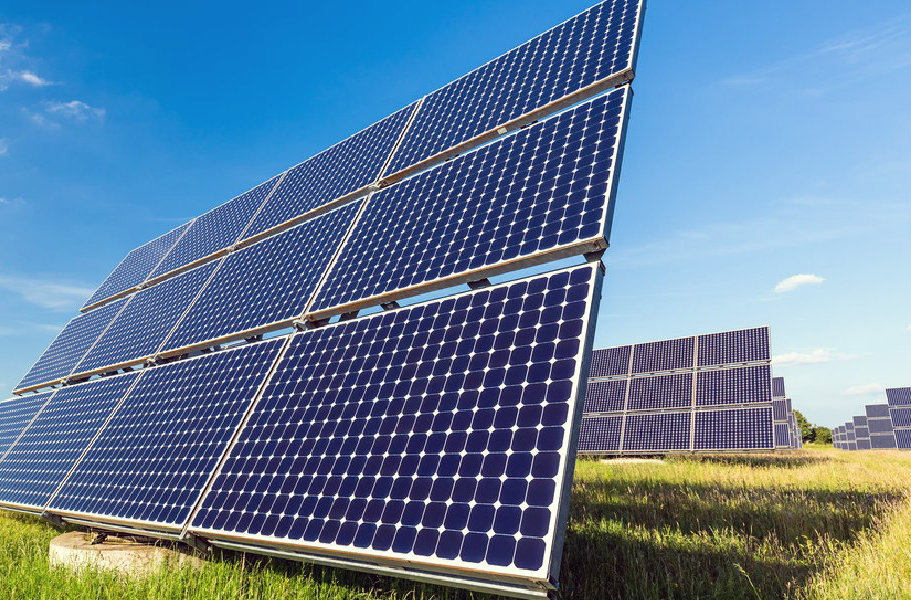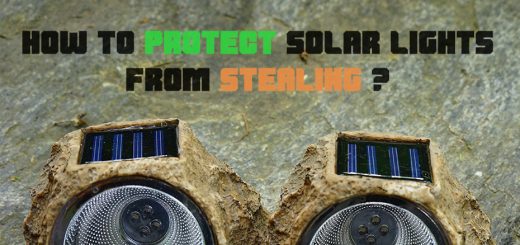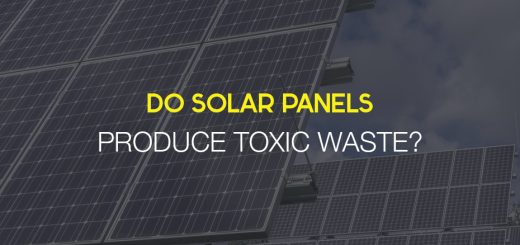Monocrystalline, Polycrystalline And Thin Film Solar Panels: How Do They Differ?
Understanding the different types of solar panels
In order to spot the differences among the different types of solar panels, you need to know a bit about each of them…
Monocrystalline solar panels
Made from one single silicon crystal (also known as mono-Si, monocrystalline silicon, single-crystalline silicon or single-crystal-Si), monocrystalline solar panels are proven to be more efficient than other solar panel technologies even if they are quite more expensive. They are characterized by the uniform look and even color (an indication of high-level silicon purity). Furthermore, you’ll notice that each cell isn’t a simple rectangle but comes with rounded edges.
 Single pure silicon crystals (used to make monocrystalline cells) are produced using a process that is similar to that used in making semiconductors
Single pure silicon crystals (used to make monocrystalline cells) are produced using a process that is similar to that used in making semiconductors- Silicon dioxide (from crushed quartz or quartzite gravel) is put in a furnace (the electric arc type)
- On application of heat, molten silicon and carbon dioxide are produced. The silicon so produced has an impurity level of one percent. However, this level of impurity (while suitable for other uses), is inadequate for the production of monocrystalline solar cells. Just so we are clear on what is meant by purity here. It’s synonymous with the alignment of silicon molecules. The more perfectly aligned the molecules are, the higher the silicon purity. This is important because this has a direct correlation with a solar cell’s ability to convert solar energy into electricity
- To achieve a higher level of purity (such that is required for monocrystalline cells), a rod of impure silicon is subjected to a process that moves impurities to one end of the rod which is later removed, leaving only pure silicon
- After subjecting the pure silicon to yet another process (the Czochralski process), the end product is a cylindrical ingot of pure silicon
- This cylindrical ingot is then sliced into “wafers”. This is done to reduce cost and optimize performance. These silicon wafers are then further treated in a furnace with phosphorous gas to produce the final product – monocrystalline cells (which make up monocrystalline panels)
While this is a rather simplistic summary of a more sophisticated process, it should give you an idea of how these particular type of panels are made.
Polycrystalline solar panels
These solar panels are made from polycrystalline silicon (also known as p-Si, polysilicon, multi-crystalline silicon or mc-Si). They differ from monocrystalline silicon cells in that their production does NOT include the Czochralski process. Instead, it’s rather straightforward as melted silicon is poured into molds which are cut into square wafers after it’s cooled. Because of the inherent “impurity” in polycrystalline silicon-based panels, you’ll observe that their color isn’t uniform as you have with monocrystalline cells.
Thin film solar panels
These are made with thin-film solar cells (also known as TFPV or thin-film photovoltaic cells). These cells are produced by depositing photovoltaic material (it could be one or multiple layers) on a substrate. These cells are grouped based on the photovoltaic material deposited. There are four distinct categories: organic photovoltaic cells (OPC), copper indium gallium selenide (CIS/CIGS), cadmium telluride (CdTe) and Amorphous silicon (a-Si).
How they differ
To make it easier to see the differences among the three main categories of solar panels, we’ll pick various factors and see how each of these panels compares to the others.
Production process
The production process for monocrystalline solar panels is much more complicated and expensive when compared with polycrystalline panels. Furthermore, the Czochralski process which is used in the production of monocrystalline silicon means that a substantial amount of the original silicon goes to waste. Polycrystalline panels, on the other hand, are made in a straightforward production process that does NOT lead to the waste of significant amounts of silicon.
In comparison, mass production of thin film panels is much simpler than any of the crystalline cell types. In addition, they are also more flexible which increases the possibilities as far as using them for a wider range of applications.
Cost-wise, monocrystalline panels are the most expensive while thin-film panels are the least.
Energy efficiency
With efficiency rates of up to 20%, monocrystalline solar panels are proven to have the highest efficiency (That is, the percentage of solar energy received that’s converted to electricity). Polycrystalline-based solar panels come second in this regard since they can record efficiency levels of up to 16%. Thin-film panels, by comparison, are a distant third with an average of 9% efficiency (even though there have been records of efficiencies of up to 13%).
Space efficiency
For the same space, monocrystalline solar panels (from the best brands) can deliver up to 400 percent of the electricity that will be delivered by thin-film solar panels occupying the exact same space. And by reason of this greater demand on space, you’ll also need more support structures and cables (generally referred to as PV-equipment) if you opt for thin-film panels.
This space-constraint makes thin-film panels less than ideal in areas where space is expensive and hard to come by.
So how do polycrystalline solar panels compare in this regard? You’ll need more space than is required for monocrystalline solar panels but far less than needed for thin-film solar panels.
All that said; it’s important to bear in mind that the quality of the particular brand you opt for can make a big difference in these factors. These are given where all other things remain equal.
Tolerance
Compared to monocrystalline panels, polycrystalline solar panels have a lower heat tolerance. This means that their performance is more adversely affected by high temperatures in comparison with the former. However, thin-film solar panels are far less impacted by high temperatures.
Longevity
If you want solar panels that will last the longest, then your best bet is monocrystalline solar panels. There’s a good reason why manufacturers are confident enough to give 25-year warranties on them. They live long. Polycrystalline panels come second in longevity but the worst of the three in this regard are thin-film solar panels. They degrade much faster and so generally have much shorter warranties.
Aesthetics
The uniform look of monocrystalline and thin film solar panels makes them more pleasing to the eye than polycrystalline panels.



